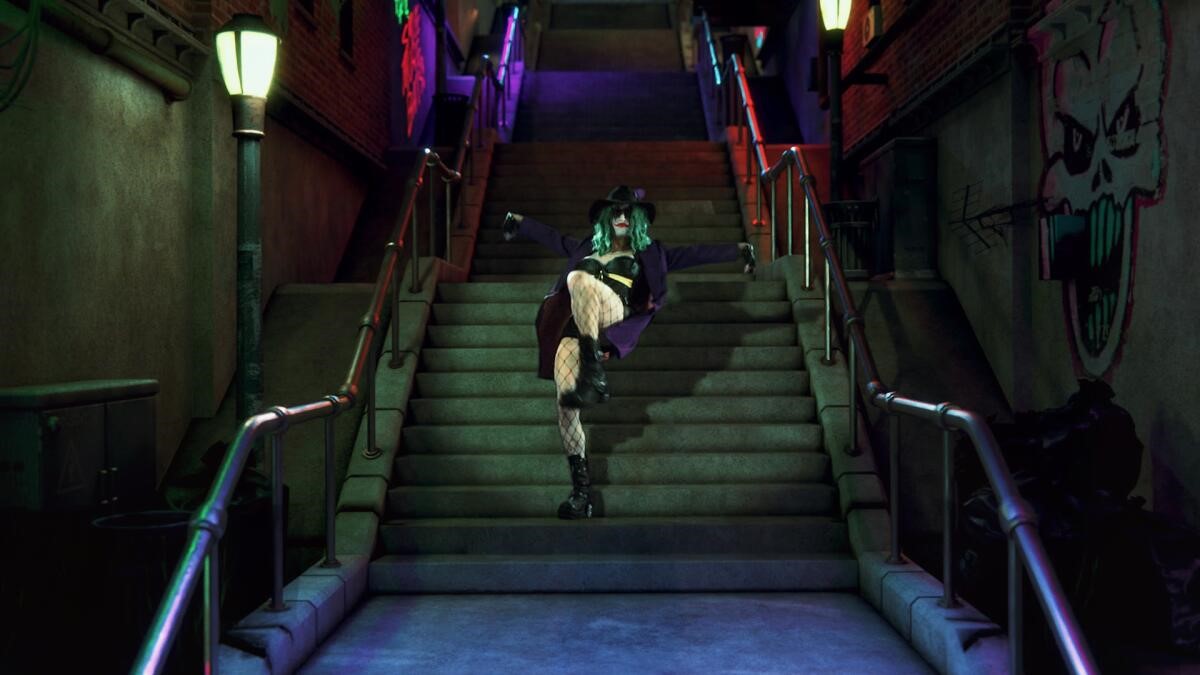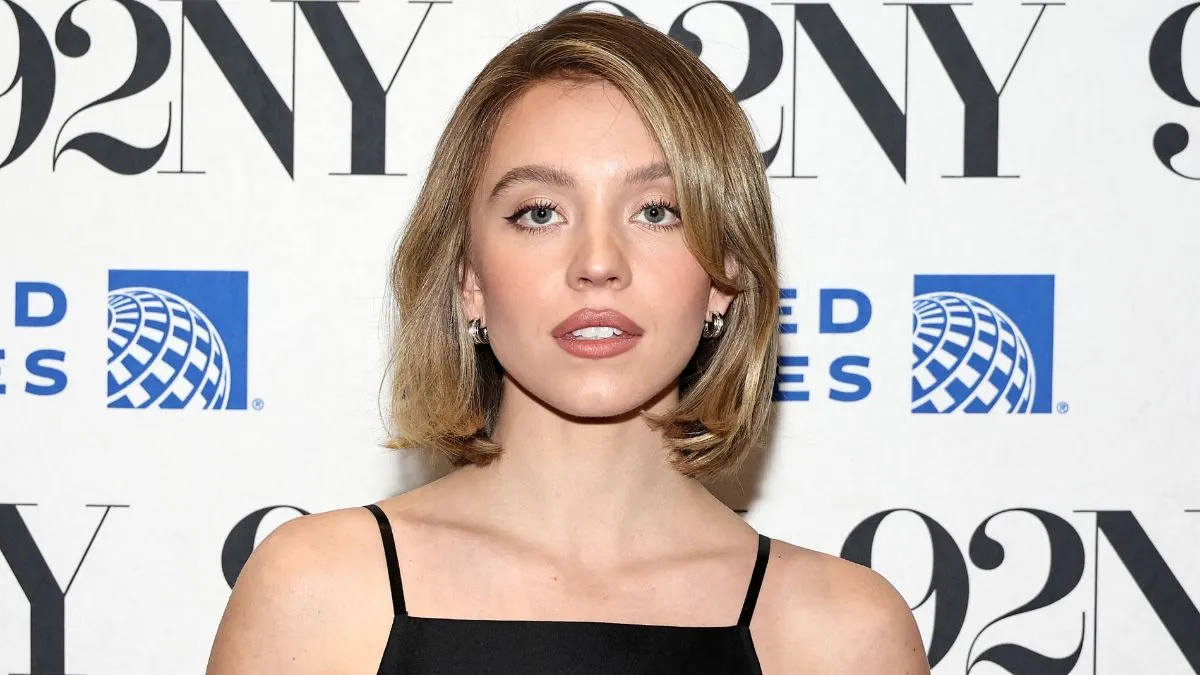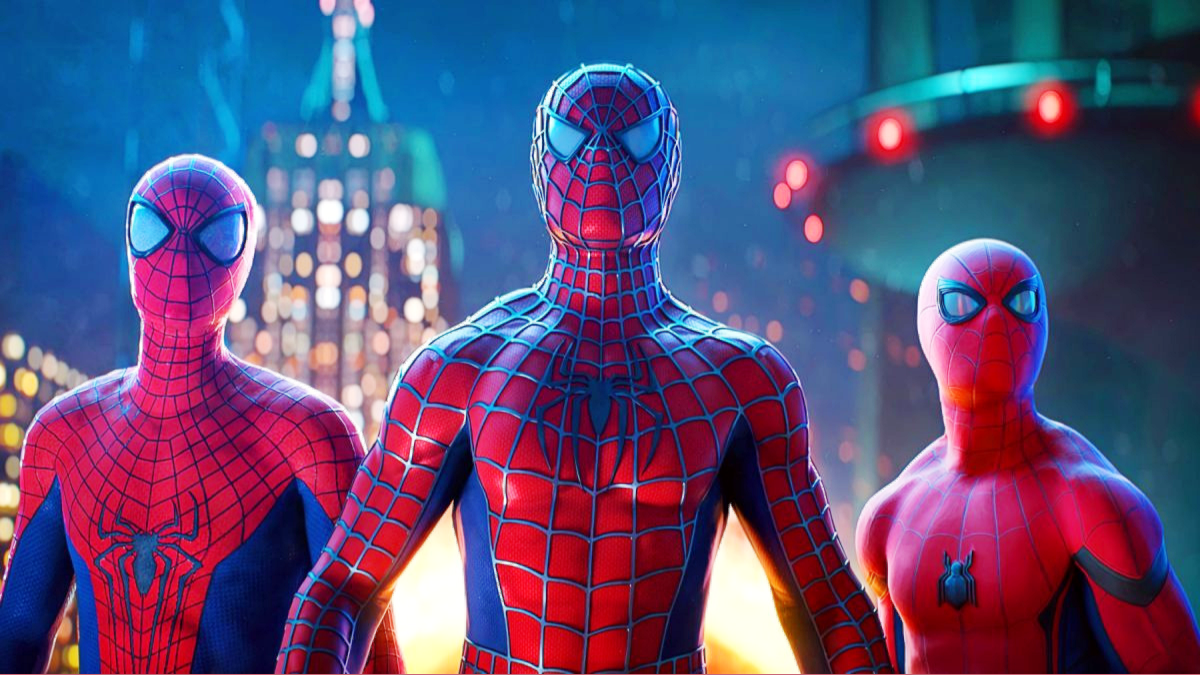
One of the most striking elements of The Keeping Room is its pace. With most modern movies determined to rush through their stories, constantly worried about losing the attention of the audience, very few have the confidence to give their narrative room to breathe. The Keeping Room does, though – and without any loss of momentum. The result is a deeply unnerving tension – slowly but relentlessly ratcheted up, one agonizing notch at time.
“[The pace] was very consciously baked into the script. In terms of genre and filmmaking, I wanted to explore. There were documented home invasions that occurred during that time, and I thought how fascinating it would be – again, talking about this idea of genre, kind of intertwined with historical events – this idea of taking traditional genre horror film elements, and putting them into a real-world setting. And so you’re experimenting.
“You know, it’s not a traditional horror film from the beginning – these women are alive, and then the horror comes to them. So, I liked being able to play with the structure of the genre, and therefore the pace. The most successful horror films to me, and the most successful thrillers to me, are the ones where you do really get to know the characters – where you feel like you explore their world and their psyche before the horror sets in. I just think it changes the way that you sympathise with them as characters.”
With such specific genre elements in The Keeping Room, it is clear that this work is influenced by classic cinema. The key point here, however, is that the film is in no way derivative of anything that has gone before. Instead, it reverently tips its hat to its atmospheric ancestors, then skilfully skews those elements to achieve its own, unique goals. The Keeping Room is not a tribute, an homage, or an attempt to revitalize the western. This is a film apart – telling its own story, and using its influences as tools only.
“I’m a big, big fan of classic horror films and thrillers. George Romero’s original films were a huge influence on me. Night Of The Living Dead, which is just such a beautifully structured film. Very much influenced by that. Then also the original Straw Dogs by Sam Peckinpah. That was a big influence, but, I mean, I love all of those films, and there was even a little bit of The Shining in there. So I definitely allowed for all of those classic horrors to affect the work.
“Also, another big influence on me is Toni Morrison’s Beloved. She mixes this idea of ghosts and slavery, and that, literally, America is haunted by, and is living with, the ghosts of the past – and she does that so exquisitely in her book. She was one of the first artists that I experienced that really took these big ideas of mixing history and genre in order to make this horrible point about the horrors of our past.”
Julia Hart’s reference to Toni Morrison’s use of the haunting concept in Beloved is the perfect example of the relationship between The Keeping Room and its influences. The script creates a tale in which genre and horrific, universal themes are a constant, ethereal presence – haunting a painfully relatable, allegorical situation that is simultaneously grounded in both history and modernity.
Crucial to the success of The Keeping Room’s unusual pace, use of historical and artistic influence, and development of universal themes, is the inclusion of minute detail – perhaps best demonstrated in an early scene, which serves to connect us more closely with these women of history. Having seen them going about their usual daily activities, and having heard them talking with each other while working on their farm, we see night begin to fall, and the women undertake their regular bedtime routine. Keeping close together as darkness arrives, the trio carry lanterns into the main house, and drift slowly up a large, sweeping staircase to their shared bedroom, barricading the door behind them.
It is this beautifully rendered moment that is the heart of the piece – capturing, as it does, the change in demeanour of the women, as they finally feel safe enough to allow themselves to be vulnerable. Ever so subtly, they each begin to relax, which in turn underscores the tension that existed while they were working outside – despite the seemingly peaceful, tranquil setting. It is the heartbreaking depiction of the lack of a sense of safety – the specific visualization of which lasts only moments in the life of the film, but can be felt throughout. This is an important scene that prefaces so much of what follows. This safe, women-only space undergoes such transformation during the course of the film, that every single detail revealed in this moment relates directly to a future horror.
“The film really moves into more traditional horror film structure later on, but I wanted to really drop in elements of that, to really say, you know, being a woman alone in the world – even if there is no present threat in front you – there is always the fear that something could happen, and that you need to protect yourself. So I love the idea of just showing that simple image, and Caroline Hanania – our amazing production designer – one of my favourite things that she did was to put this exquisite rose-print wallpaper on the wall that’s hand-painted. And that image of that big barricade coming down next to these big roses was just a perfect comment on what’s happening in the movie on the whole and…[later]…you see the blood-splatter on [that] wallpaper. I think that’s such an incredible image, and really speaks to what we’re doing in terms of the themes on the whole.
“Also, that [barricading] happening just before they disrobe, and the laboriousness of all those buttons – just seeing how much women were covered up at that time, and then, you know, juxtaposing [that with scenes] at the [very] end. I love the way those themes play out through those images.”
It is these themes that make The Keeping Room such a difficult, yet rewarding film to watch – with that early scene driving them home in particular. These three women – the warrior, the protector, and the innocent – are proxies for women in general, and they do not feel safe outside their barricaded, defended space. The reason for that is initially intangible, but always there, nonetheless. Just as America is haunted by its past, and The Keeping Room is haunted by its influences, so society as a whole is haunted by the threat of male violence – as it permeates our literature, music, advertising, internet interactions, movies, computer games, news reports, and TV shows.
The beauty of this film’s narrative, however, is its subtle but effective effort in portraying the damage that such social poison does to all of us – men included. Though they are secondary characters, the men are written so as to demonstrate the various ways in which they are both the creators and creations of male violence and privilege – without so much as a hint of rape apology, or the excusing of crimes. It lends itself to a sickening sense of inevitability, as we return to the Civil War era bedroom of Augusta, Louise and Mad repeatedly during the movie, and watch it take on new meaning every time – not least when the home invasion begins. The worst nightmare of these women – long feared – is suddenly realized, with Mad’s panicked declaration, “We got men here.”






